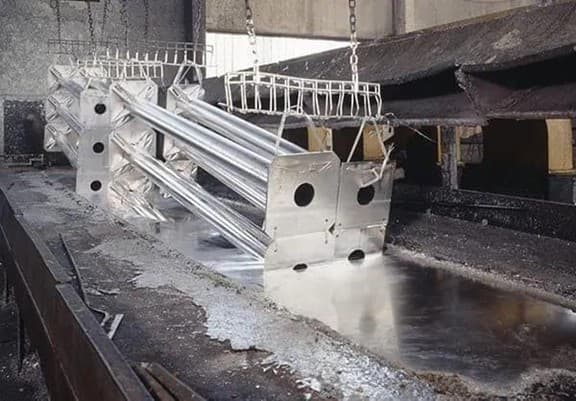
As you approach 2024, environmentally friendly methods are no longer a fad in the real estate development segment. They are the bedrock of innovative development and long-term success. Developers are increasingly adopting environmental programs.
According to 2021 statistics, the investment in green building projects was a staggering $86 billion. It is probably far bigger now, so missing out on the opportunity is the last thing you should do. Joining the sustainability bandwagon is an intelligent business move for land developers.
Developers are changing their mindsets as part of the environmental movement. They incorporate creative ideas that help both the natural world and the bottom line. The possibilities are limitless in this context. These may range from energy-efficient designs to environmentally friendly building materials. So, get ready to learn the top green initiatives poised to reshape the construction industry in 2024. Here are a few tips to get your business ahead with its sustainability goals.
Learn about sustainability trends
Staying ahead in the dynamic world of property development entails embracing environmentally friendly developments that redefine the industry. Be an avid learner to begin your path toward environmentally conscious development in 2024. It entails staying updated on the most recent advancements in sustainable technology, energy efficiency, and environmentally friendly construction methods.
Knowing the changing landscape of sustainability provides knowledge that aligns with ecological objectives. It can also help you position your projects as innovative and market-relevant.
Partner with like-minded people
Collaboration is essential in the field of sustainable real estate development. You can multiply your impact as a developer by joining hands with compatible people and groups committed to environmental initiatives. Work with builders specializing in green design and engage with vendors experienced in eco-friendly building practices. It helps you acquire access to expertise.
You can also contribute to a team effort to create a greener and more resilient future for the housing sector by cultivating a community of partners who appreciate sustainability.
Choose green locations for projects
The journey to sustainability begins before breaking ground. Selecting the right piece of land is an important decision that affects a project’s ecological impact in the long run. Choose locations that prioritize sustainability, transportation accessibility, and closeness to essential amenities.
Green locations follow regulations such as Wetland Delineation and pass environmental assessments. By ensuring these factors, you can avoid penalties and delays. Further, you can set the tone for projects that seamlessly blend into the natural surroundings. Choose areas that have current eco-friendly features. It fosters a harmonious equilibrium between urban growth and sustainability.
Build with sustainable materials
The materials used in construction have a significant impact on the environmental impact of a development. You can turn to environmentally friendly building supplies in 2024. It helps you reduce the loss of resources and encourage ecological balance.
Numerous options are available, ranging from reused steel and salvaged lumber to green concrete options. You may reduce waste and improve the durability and resiliency of your structures by emphasizing sustainable materials. As a result, the built environment serves as a testament to responsible construction practices, establishing an entirely novel industry standard.
Prioritize eco-friendly design
Sustainability is more than just materials. It blends with every aspect of a project. In 2024, you must prioritize sustainable design principles. It entails energy efficiency, daylight, and air circulation. You can use green roofs for insulation, create spaces for optimal daylight utilization, and incorporate gardening to mitigate heat island effects.
Also, prioritize space optimization in design. These features help you establish buildings with minimal ecological footprint. It also provides better and more pleasant living and working spaces for people inside.
Incorporate green features
Increasing a project’s environmental sustainability quotient entails going beyond the basics. Green features that are compatible with modern living can be key differentiators for developers. Intelligent home technologies for managing energy, collecting rainwater systems, and charging stations for electric cars are a few instances of green features.
These amenities improve the development’s overall performance. They also meet the evolving demands of ecologically conscious people and companies. Cater to an audience that values both creativity and environmental responsibility by including such green features.
Conclusion
A comprehensive approach to viable real estate growth through 2024 includes studying, collaboration, strategic thinking, and an honest dedication to responsible environmental stewardship. Each step contributes to projects that stand out in the marketplace.
It also contributes to a more resilient and environmentally friendly future for your business. As the real estate landscape evolves, adopting these methods ensures that you construct structures and shape groups that thrive in a challenging environment. That’s your secret to success!


